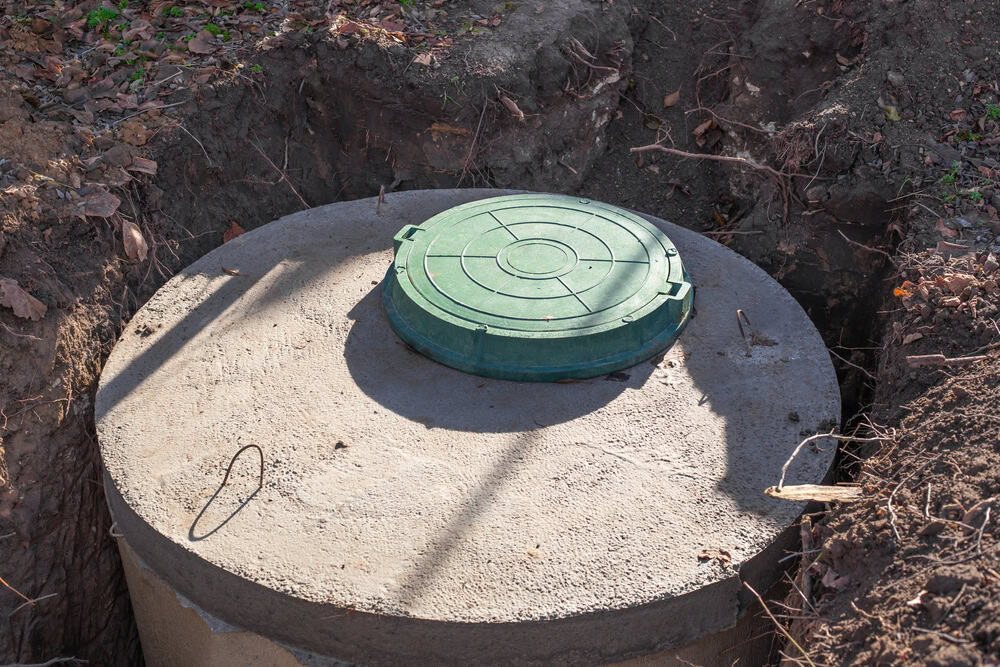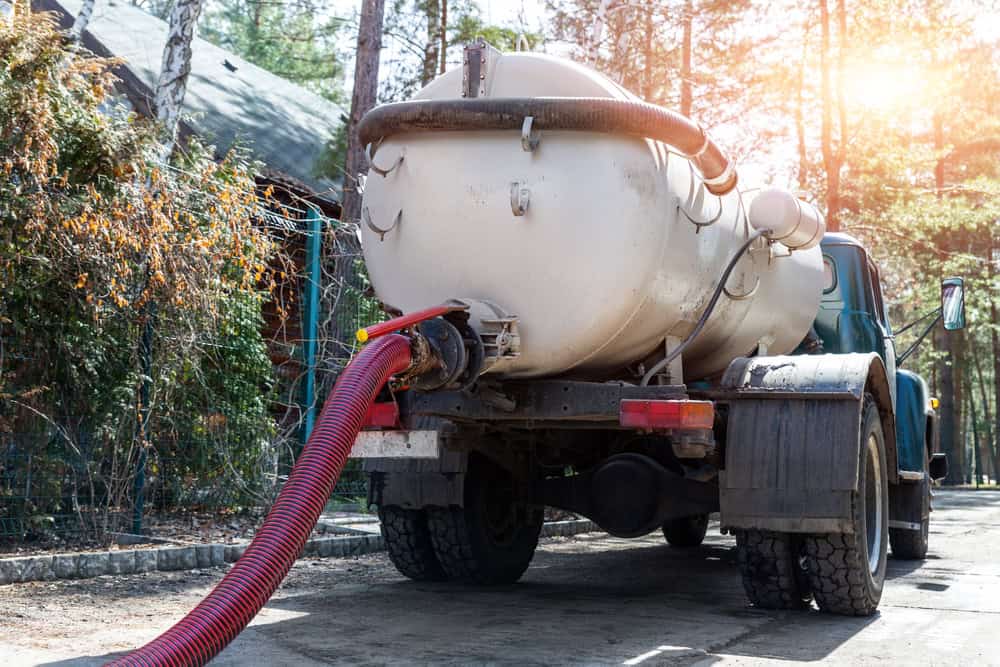
If you own a home or business not connected to a municipal sewer system, you may have a cesspool on your property. Cesspools are underground holding tanks that collect and store sewage and wastewater from toilets, sinks, and other plumbing fixtures. Over time, cesspools can become full and need to be pumped out to prevent backups and environmental damage. But how does a cesspool work, and what can you do to maintain it?
Cesspools are simple in design but crucial in function. They consist of a large underground tank typically made of concrete or fiberglass. The tank is buried in the ground and has one or more openings for pipes that connect to the building’s plumbing system. When wastewater from
the building flows into the cesspool, it separates into three layers:
As wastewater enters the cesspool, it decomposes naturally. Bacteria in the tank break down solids and other organic materials, converting them into gasses like methane and carbon dioxide. The gasses rise to the top of the tank and are released into the air through a vent pipe.
Over time, the sludge layer in the cesspool will build up and reduce the tank’s wastewater capacity. When the tank is full, it must be pumped out to remove the sludge and scum layers. This process should be done regularly to prevent backups and ensure the cesspool functions correctly.
To keep your cesspool in proper working condition, there are some things you can do:
Cesspools are an essential part of many homes and businesses not connected to municipal sewer systems. Understanding how they work and maintain them is crucial to preventing backups and environmental damage. By limiting water usage, avoiding flushing non-biodegradable materials, scheduling regular pump-outs, and monitoring the vent pipe, you can keep your cesspool in healthy working condition for years to come.

Quality Cesspool is committed to providing reliable cesspool services to homes and businesses throughout Long Island. Whether you need routine maintenance or emergency repairs, our team of experienced professionals is here to help
Don’t let cesspool issues disrupt your day. Reach out now for a free estimate and expert service.
©2025 Quality Cesspool All Rights Reserved. SEO Company NYC – Web Design & SEO by Hozio